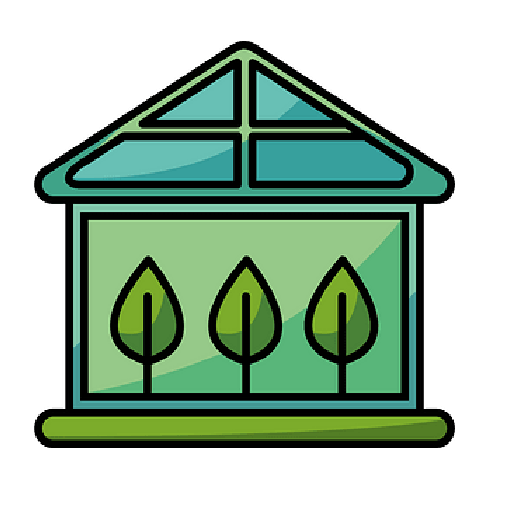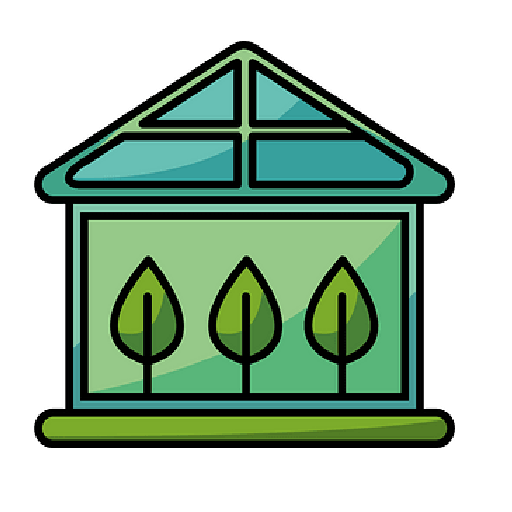Once the greenhouse is in place, everything seems ready to go. Just plant a few plants and you will be fine. But this is not the case. You are at the beginning of a long road of trial and error.
You can avoid some costly mistakes by planning the type of supplies you need. The biggest mistake is buying the latest and greatest tool you see in the catalog. Take the time to plan what you need.
The choice of greenhouse supplies depends on the type of greenhouse you have and what you intend to grow in it. Take the time to think about what you really need.
Some supplies are only suitable for a certain type or shape of greenhouse. Others will work well for some plants but not others.
You really should start this planning process even before deciding which type of greenhouse to buy. This way you can buy the necessities at the same time as you buy the greenhouse. There may be discount offers here.
Homemade solutions are possible. But if you have a beautiful redwood model, you really want to keep aesthetics in mind. A climbing plant support system can work well, but it won't look as good as the system your greenhouse plant sells.
Decide what you will grow and how you will plant it. If you intend to plant directly into the ground, you won't need stepping stones as they are called. This method is often used with plants such as tomatoes, zucchini, cucumbers and melons where height is important.
Most greenhouses benefit from some phasing. It is useful for seedlings and young plants. Aluminum staging is available inexpensively. It's durable and lightweight if you want to move it around. But it wouldn't look good in a greenhouse of redwoods where you'd have to go for a woodland setting. The overall effect will be better.
If you have an unusually shaped greenhouse, such as a sun dome, traditional staging may not be suitable for it. In this case, it is better to buy a system dedicated to this type of greenhouse.
Shading is one of the things few people think about when they start using a greenhouse. The purpose of the greenhouse is to maximize the heat from the sun. It seems illogical to talk about the importance of shadow. But shade is vital because the sun can scorch your plants.
Shading takes various forms. This can be achieved by coating the glass with a special paint that can be washed off in winter. The best solution is a shade net clipped into the frame of the greenhouse. This is something to check with the manufacturer who may be selling a system designed for your greenhouse. The same system can also be used to support a plant.
The next question is how you intend to water your plants. You can of course go outside in the greenhouse with a watering can. But during the height of the growing season, you should do this several times a day.
Most people prefer an automated sprinkler system. They work in different ways. Some work by feeding water through a series of drips into a tube. This method is ideal for potted plants. Others work by streaming water through a porous pipe. This method is good for plants growing directly in the ground. You will need an external water source to install either system in your greenhouse.
Irrigation systems of any type can be controlled using a timer that matches the water source. Runs facet at intervals you specify. A system like this allows you to leave the greenhouse while you are on vacation.
An alternative is a passive irrigation system. This method uses capillary mats to draw water from the reservoir. A length of gutters installed along the edge of the seat will work well. The capillary mat is placed on the edge of the seat in the water and placed under the plants. The mat should be covered to prevent it from drying out. Gravel or black plastic can be used. As long as the reservoir is full, your plants will be watered. The downside to this method is that if the reservoir dries up while you're away, your plants will die.
After watering, ventilation is the main issue in greenhouses. At the height of summer, the greenhouse can get very hot. The simplest answer to this problem is to open the door. Most greenhouses are equipped with ventilation holes in the roof or walls. The current of air passing through the greenhouse will keep the temperature low and deter pests such as white flies.
Systems Automatics are available that open the vents when the greenhouse temperature reaches a certain level. You can also consider a more custom solution, suitable for fans. A fan may not be necessary if you only use your greenhouse in the summer, but if you want to use it in the winter, a fan is invaluable. It will allow you to ventilate the greenhouse and keep the heat inside. The air expelled by the fan can be recycled by installing a flexible pipe for ventilation and sent back to the greenhouse.
Winter growth requires light, especially in northern latitudes. Plants need light in addition to heat and humidity to grow. Some plants will only flower if the day length is correct. Lighting installation allows you to artificially create a long day.
But if you don't plan to grow plants in your greenhouse during the winter, lighting is not necessary. This is one area where you can save on greenhouse supplies if you plan ahead what you intend to grow.
The same goes for heating. If you want to use your greenhouse during the winter, you will need some type of heater. An electric fan heater is the best option in most cases. Heating or lighting requires a power source. You should think about it at an early stage. This can affect where you place your greenhouse.





.jpg)




0 Comments